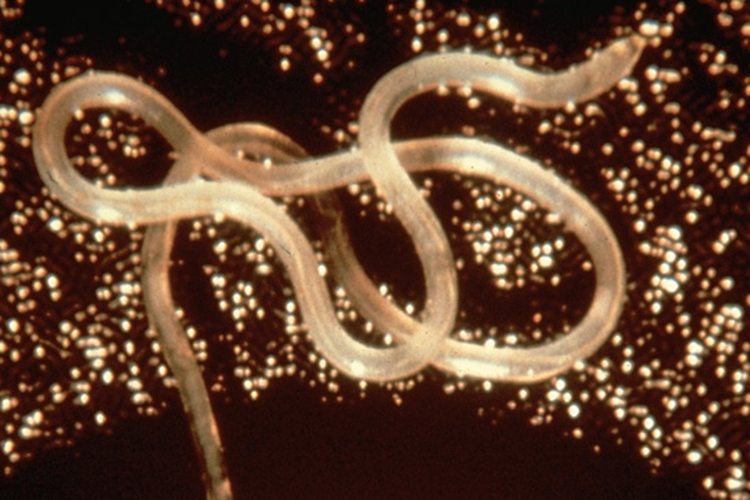A cellphone-based microscope for treating river blindness

A smartphone-based microscope technology developed at UC Berkeley has been used to help treat river blindness, a debilitating disease caused by parasitic worms. The technology, called LoaScope, uses video from a smartphone-connected microscope to automatically detect and quantify infection by parasitic worms in a drop of blood.
River blindness is a disease caused by a parasitic worm found primarily in Africa. The worm (Onchocerca volvulus) is transmitted to humans through bites of infected black flies. Left untreated, infections in the eye can lead to blindness. Complicating matters, the medication to treat the infection, ivermectin, can be fatal when a patient also has high blood levels of another parasitic worm, called Loa loa.
In a paper published in the New England Journal of Medicine, scientists describe how the LoaScope can provide fast and effective testing for Loa loa parasites in the blood. Using the LoaScope to analyze the blood of volunteers from villages in Cameroon, doctors were able to successfully treat more than 15,000 patients with ivermectin without serious complications.
“This is not just a step forward for efforts to eliminate river blindness, but it is a demonstration that mobile microscopy — based on a mobile phone — can safely and effectively expand access to healthcare,” said study co-author and Berkeley bioengineering professor Daniel Fletcher, whose lab invented the technology. “This work sets the stage for expanding the use of mobile microscopy to improve diagnosis and treatment of other diseases, both in low-resource areas and eventually back in the U.S.”
LoaScope is the latest iteration of CellScope technology, which turns the camera of a mobile phone or tablet computer into a high-quality light microscope. The technology has applications from infectious disease diagnosis to ocean microorganism surveys to eye disease detection diagnosis to classroom education.
